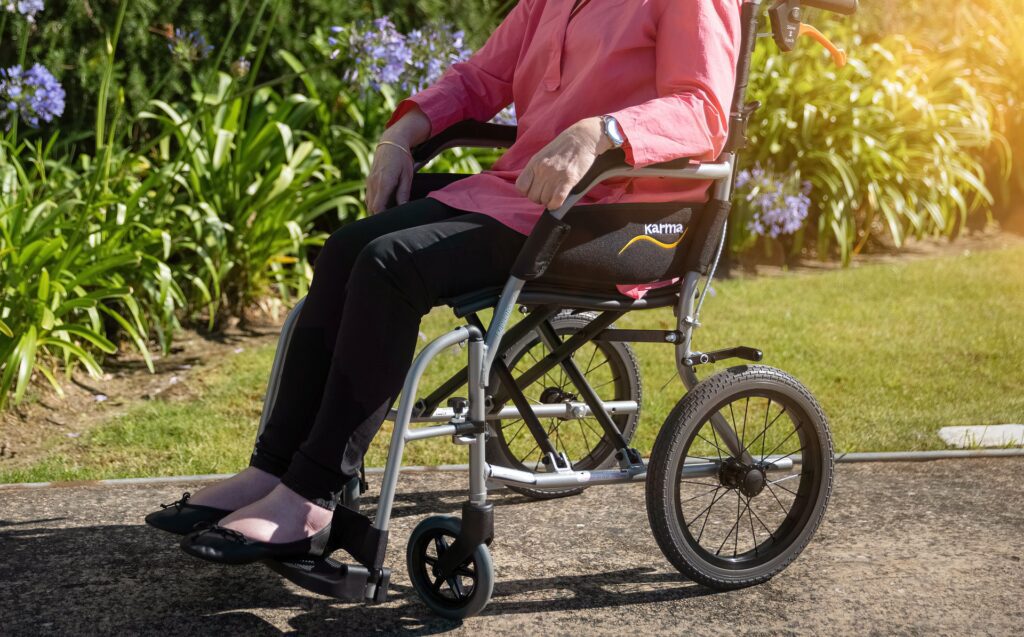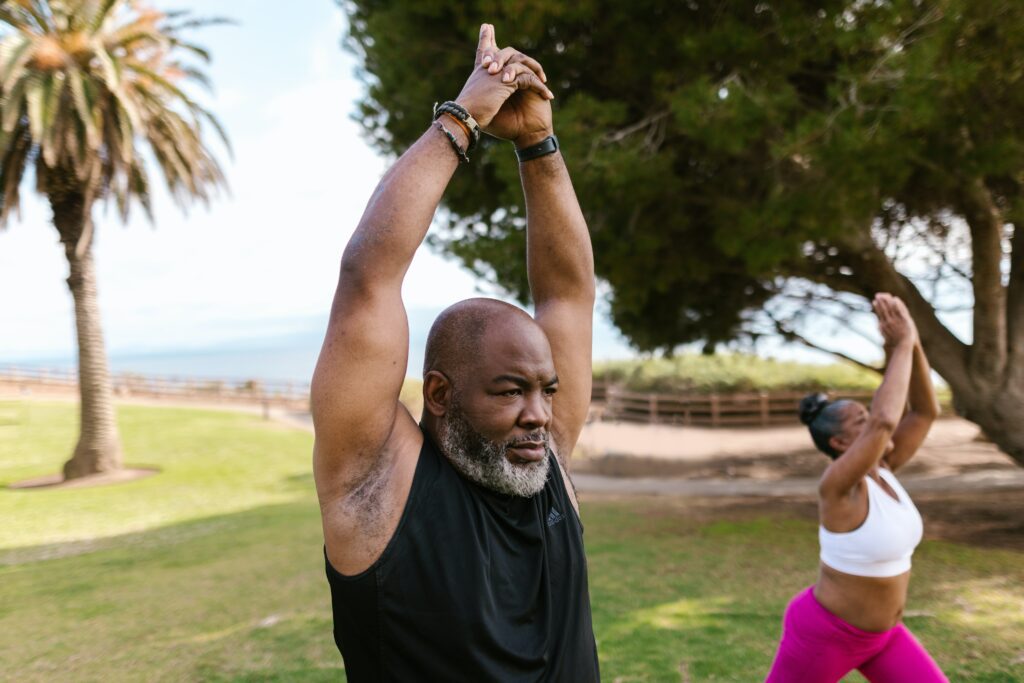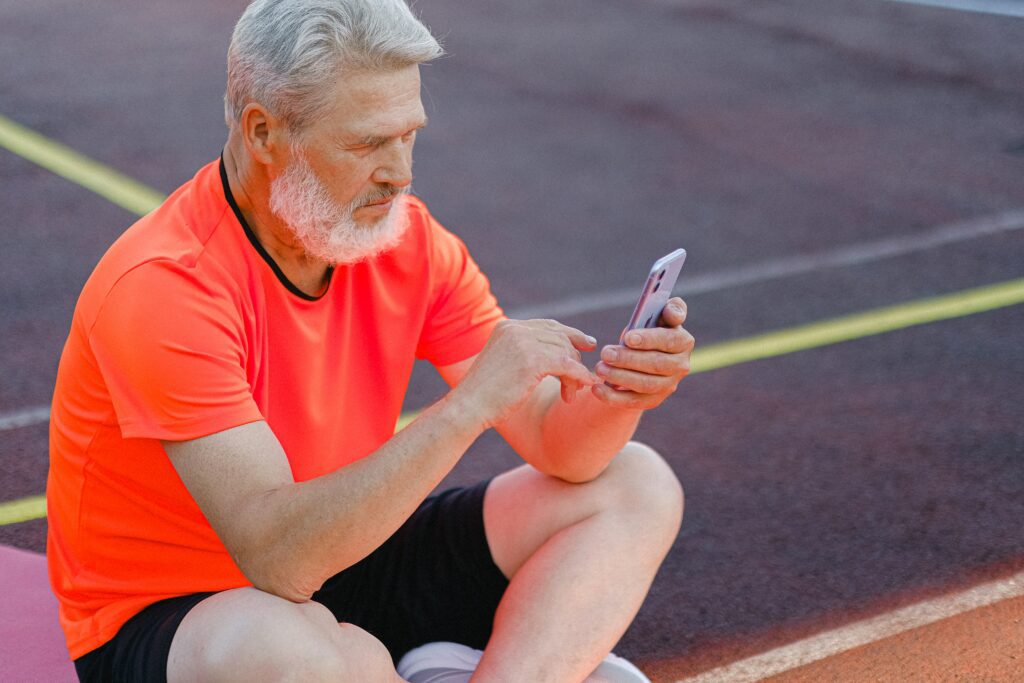Signs of Mobility Problems to the Elderly You Must Watch Out For
To be self-reliant as you age, you must be flexible. However, many people don’t become conscious of their older adult’s mobility issues until after they have suffered catastrophic injuries in a fall.
But troubles standing and walking are caused by more than just illness or injury. Loss of mobility is a common result of aging’s natural side effects, including muscle wasting, poor balance, and tight joints.
Your elderly relative, however, need not wait for a fall to become aware that they are becoming less mobile.
Some indicators could point to impending or existing mobility disabilities.
Here are the main indicators of mobility concerns so you can act and improve the situation before an injury occurs, read on!
Aged Mobility Troubles: Warning Signs
Watch out for these early indicators of escalating elder mobility problems to avoid a tragic situation:
Having trouble with balance
Numerous conditions, including prescription side effects, low blood pressure, and auditory nerve problems like vertigo, can result in nausea and loss of balance.
In addition, age-related problems, including blurred eyesight, inflexible joints, slower reflexes, and weakened muscles, make it harder for the body to find equilibrium. They can make it more difficult to exercise and stroll.
Your older adult’s doctor can assess their balance and treat underlying issues to improve mobility.
Older adults with balance problems can benefit from any types of mobility aids like canes or walkers and focused exercises that will help them move around more safely and confidently.
Struggling to sit or stand
Watch to see if the senior has trouble getting out of a seated posture or getting back into it. Do seniors require something to support them?
A clear sign of possible mobility concerns is difficulty standing and sitting. It’s a motion used throughout daily life, including eating, going to the bathroom, waking up, and napping.
With your elderly relative, try the short and easy sit-to-stand exercise and see if they have any problems.
Knowing these seemingly innocuous warning signs indicates that you should consult your doctor.
Having difficulty going up or down the steps
Because they call for more muscle, balance, and energy, stairs can be particularly difficult for seniors to climb and descend.
Suppose your elderly relative appears to be able to move around pretty readily but makes an effort to avoid using stairs. Consider starting a conversation about whether they want further assistance or a mobility aid.
If they don’t have any physical limitations that make climbing stairs difficult, their hesitation can be caused by a fear of falling.
Decline in Personal Hygiene
One of the first indications that someone has a mental illness is poor personal hygiene, which includes forgetting to wash, use deodorant, change clothes, and brush one’s teeth regularly. A generalized lack of interest, motivation, organization, or signs of mobility issues may bring on this decline.
Major causes of impaired mobility to the elderly
For older persons’ physical and emotional health, maintaining mobility is crucial. Several health hazards are magnified as people age and become less capable of engaging in their favorite activities.
Here are the major causes of immobility to the elderly.
- Lack of workout
- Impaired strength or balance
- Obesity
- Arthritis and Diabetes
Navigating these health concerns in light of mobility loss can be difficult because they can be cyclical. For instance, a person is more likely to become obese and develop diabetes if they engage in little physical activity. In turn, having a pre-existing ailment like obesity might make a person less mobile, resulting in decreased physical activity.
We also cannot ignore the fact that the COVID pandemic has a significant impact on a person’s mobility.
Mobility Care Plan
We must identify the risk factors for physical immobility and try to prevent or alleviate immobility. It calls for a multidisciplinary team approach and mobility care plan using physical and occupational therapists, prosthetic services, rehabilitation facilities, and other continuous assistance to maintain physical improvement. These actions need to be taken:
- Furnish exercise gear
- Practice Using Devices for Mobility
- Proper Diet
- Physical exercise
- Observe any adjustments to their abilities
Related Article: How do Nurses Help With Mobility?
Conclusion
There are numerous ways to assist. You can help by making a doctor’s visit or assessing your loved one’s mobility on your own. To make it easier for your loved one to move around, you should ensure their home doesn’t have congested walkways.
Your loved one’s needs will determine how you should assist. But the most important thing is to recognize the early sign of immobility and intervene to support a successful outcome.






